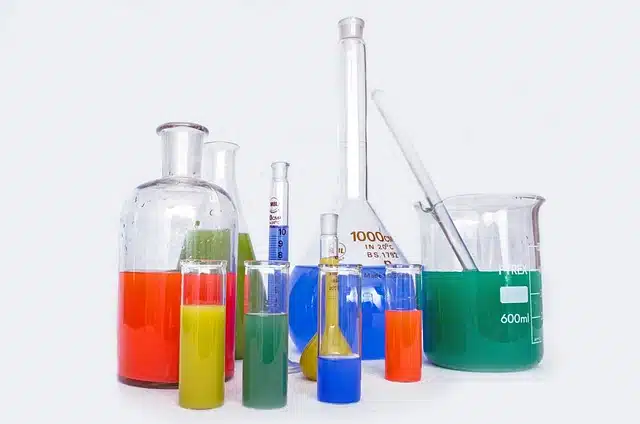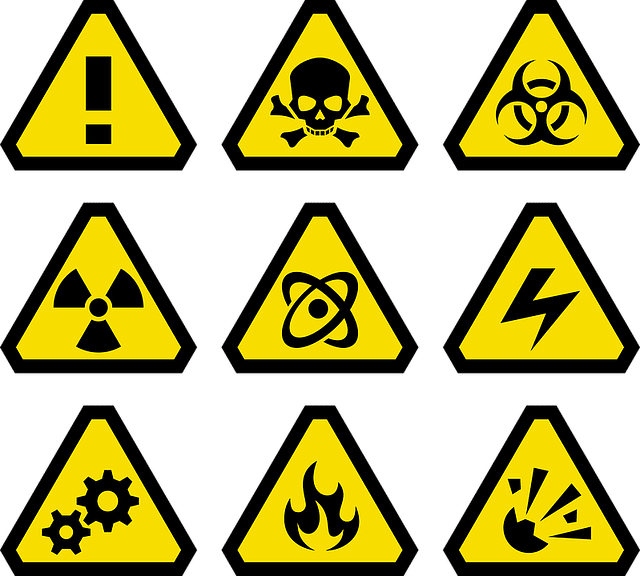
Chemical products are used differently depending on their characteristics.
A chemical product is made up of one or more chemical compounds that allow it to fulfill a certain function. Chemical compounds, for their part, are substances that have two or more elements that are part of the periodic table .
Typically, chemical products are made up of an active component , which is the substance that allows it to perform its function, and several excipients , which improve its efficiency.
Benefits and risks of chemicals
Chemical products, according to their characteristics, can be used to clean, disinfect, eliminate pests or carry out various industrial processes . They are used, therefore, in factories, private homes and fields used for agriculture, among many other spaces.
It is important to note that many chemicals provide benefits in certain areas, but also cause damage in others. Taking into account these adverse side effects that they generate, chemical products are classified in different ways by authorities , who can order the restriction or even prohibition of their use.
A chemical product can cause different health problems. Some cause burns or sores upon contact with the skin. Others cause poisoning when ingested or inhaled, even involuntarily.
There are chemical products, on the other hand, that are risky due to their flammability . This means that, at certain high temperatures, they can explode and cause a fire .

Many chemicals are potentially dangerous.
Care in handling
To avoid these inconveniences, chemical products must be handled with caution and using certain safety elements, such as gloves or protective glasses that cover the eyes. In addition, there is a system of symbols that warns users about the most dangerous properties of each product, some of which are the following:
* explosive : can be any liquid, solid, gelatinous or pasty substance or preparation that reacts violently to heat, the presence of a flame, friction or a shock and that results in an explosion . This type of chemical can cause significant injuries if not handled responsibly;
* oxidizer : a substance that fuels the combustion of another that is flammable. Generally, the second is oxygen from the air, although it can also be an oxygen-containing agent, such as peroxides, chlorates, and nitrates;
* flammable : this type of chemical (which can be liquid, gaseous or solid) catches fire when it comes into contact with air and continues to burn. It also includes any preparation or substance that heats and ignites without the need for extra energy and at room temperature , a solid that ignites easily after having been in contact with a source of ignition for a short time and that continues to burn on its own. , or a liquid with a low flash point or that gives off highly flammable gases when touching moist air or water;
* corrosive : when it comes into contact with living tissues, it can threaten their integrity;
* irritant : a preparation that is not corrosive and that, when touching the mucous membranes or skin for varied periods of time or repeatedly, can generate inflammation;
* harmful : when ingested or inhaled, or when it penetrates the skin , this substance can cause chronic or acute effects, without excluding death;
* sensitizing : the effect that this chemical product causes in those who ingest it, inhale it or allow it to penetrate their skin is a hypersensitivity reaction, so that the next contact with it has very negative consequences;
* dangerous for the environment : any preparation and substance that poses a danger to one or more components of the environment , whether in the short or long term.
